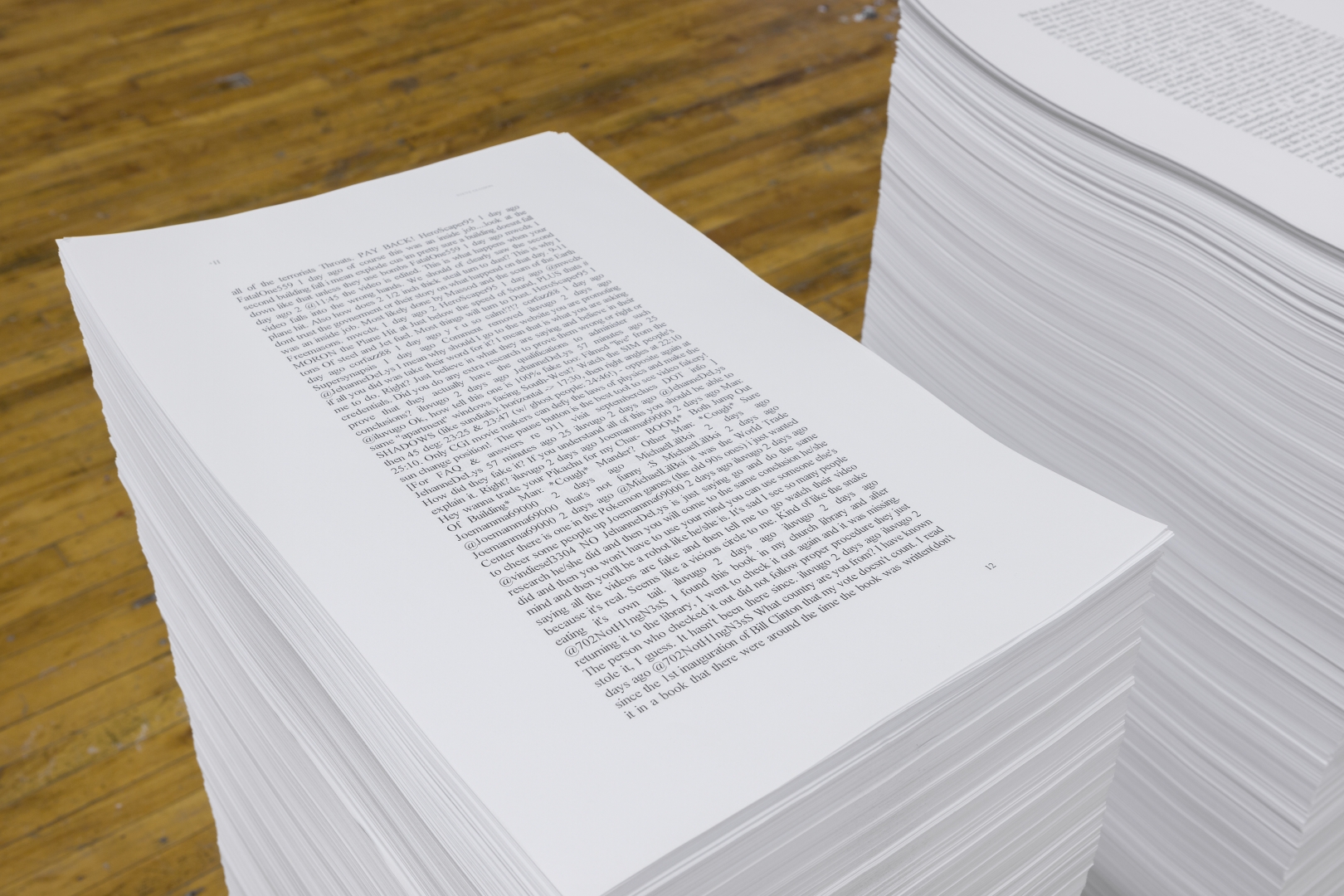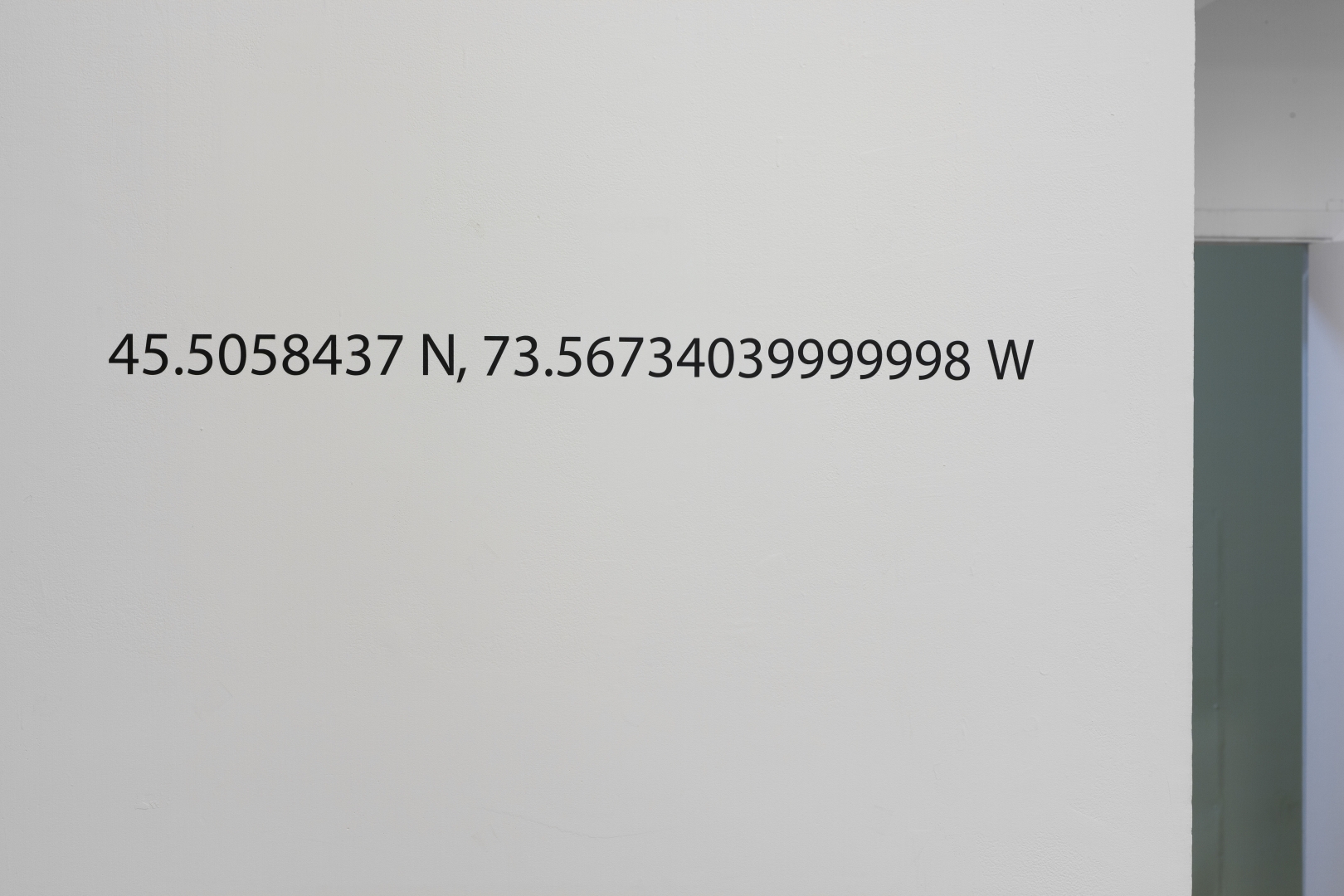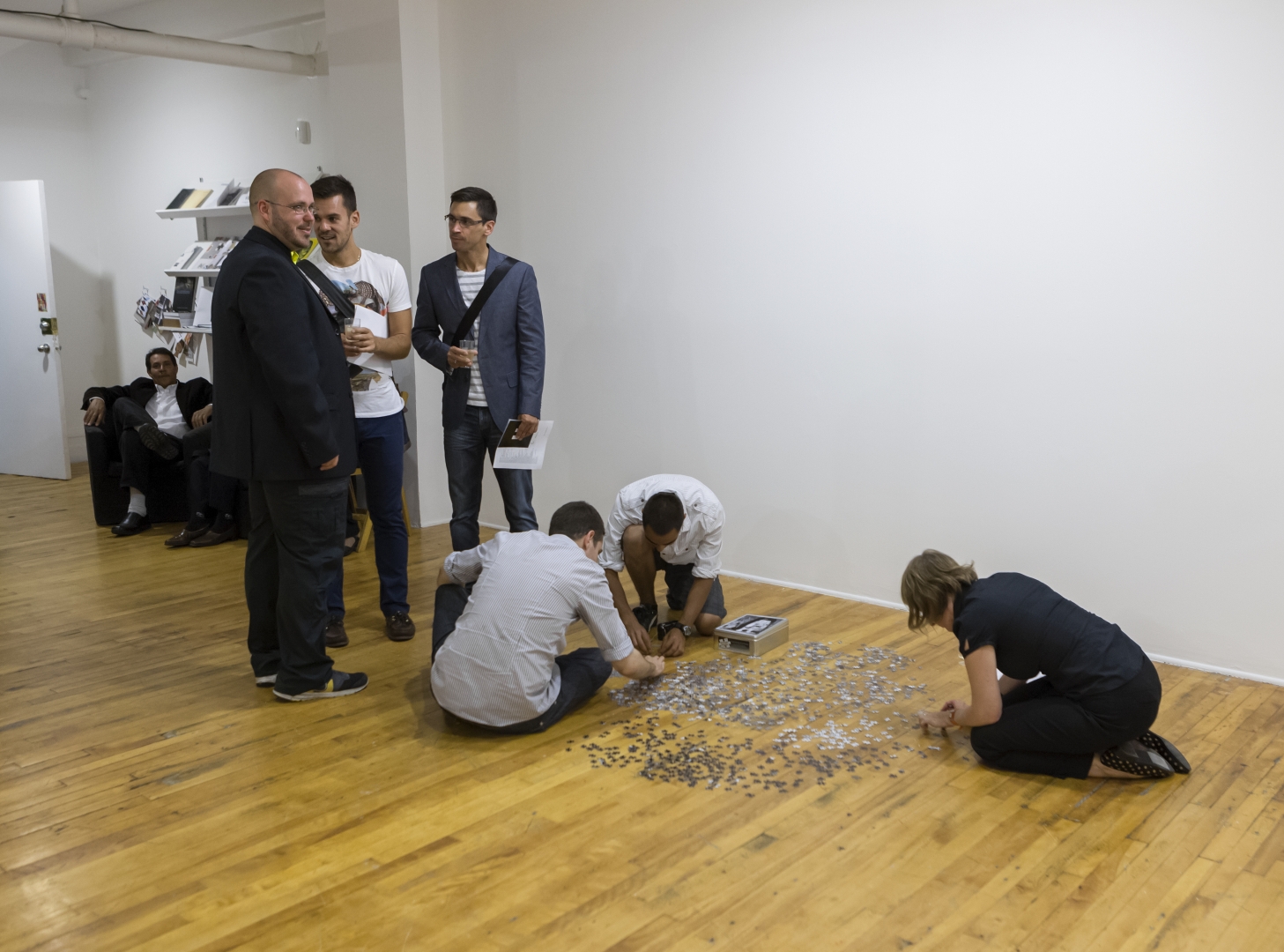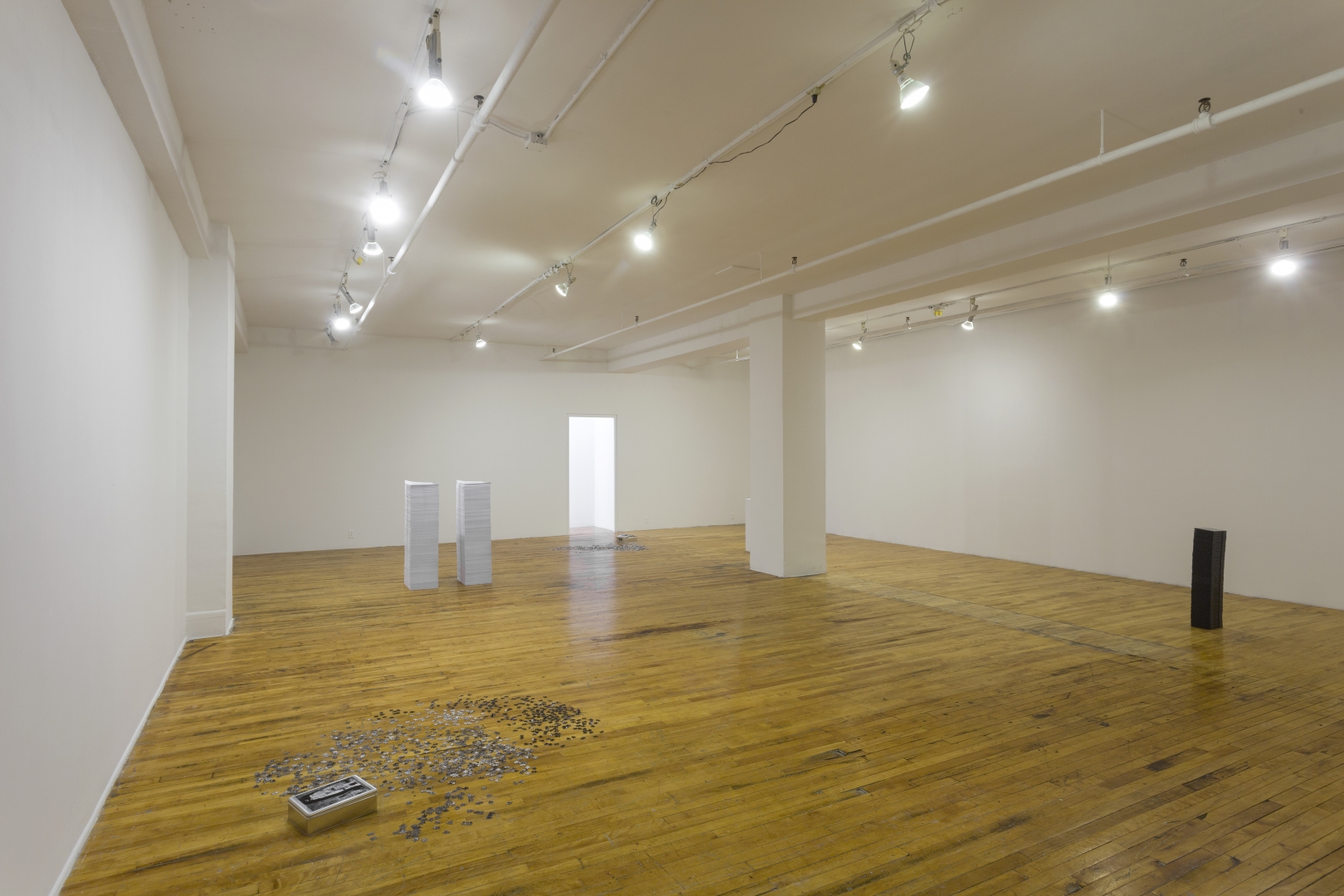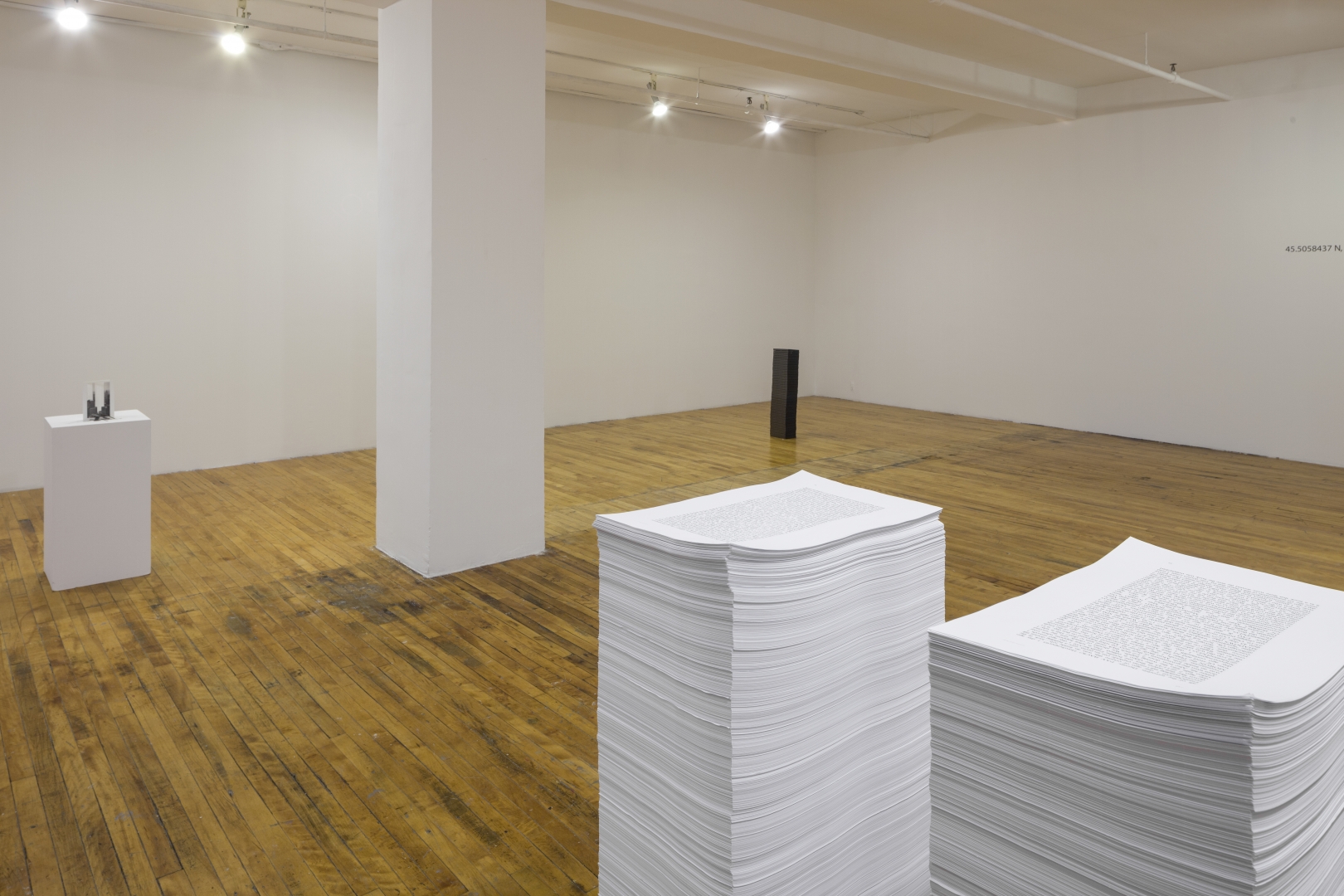Steve Giasson: 11
Exhibition
September 7 – October 6, 2012
Opening on Friday September 7, 5:30pm
Project Description
Eleven years after the 9/11 terrorist strikes, one has to admit that the West has not recovered from the event: simmering, now nameless wars in which the Coalition has engaged, a global economic crisis, a climate of fear and distrust, all testify to the fact that our civilization has been shaken.
As part of 11, conceptual artist Steve Giasson multiplies borrowed materials, extensions, reflections, but also media, to propose a modest appraisal of the aftershocks of this “horrific spectacle” (Mondzain, 2002, p.9) and other foreboding signs and of its complex relationships with the image. He presents six works that attempt, through looped images and a growing proliferation of commentary about them, to “revisit [not just] the event itself, but rather its consequences, its mediatised manifestations (Enwezor, 2008. p.29). In her text accompanying the exhibition, conceptual poetess Vanessa Place writes:
“Are all tragedies uniform? Are all uniforms tragedies? These are rhetorical questions, not unlike terrorism, or war, or haute poesie, or good department store fashion. And so, Skol : 11 prompts not answers, but pointless and pointillist catechisms. For if we have come to somewhat understand that all tragedies are not enactments, but atomizations, and have disabused ourselves of the adolescent hope that human history has got nothing to do with human nature, we are getting nowhere, which is where we should be.”
Keys
1. Steve Giasson, 11, UBU, Publishing the Unpublishable #56, 2010.
www.ubu.com/ubu/unpub.html
www.ubu.com/contemp/giasson/index.html
2. “On September 11, 2001, the greatest strike yet had been made against the empire of the visible, provider of all modern forms of power, business, and its icons. Out of the blue, like exterminating angels, two airplanes crash into the dominating towers. […] Within minutes, the event was treated in visual terms, desperately confusing the visible and invisible, reality and fiction, real grief and the invincibility of icons. The enemy had set up a horrifying spectacle […] That’s when we heard voices suggesting that such crimes had been prefigured, inspired even, by the scenes of Hollywood disaster movies. Images then were on trial for generating criminality.”
-Marie José Mondzain, L’image peut-elle tuer ?, Paris, Bayard, 2002, p. 8-10.
3. “The traumatic images became archival the instant the first footage surfaces and the need for documentary accounts grew. September 11 created a new “iconomy”, a vast economy of the iconic linking archive to traumatic public memory. As the circulation of these images continues unabated, it is fair to ask what their status is beyond their initial documentary purpose as evidence of two incomprehensible acts of violence. Have the images become emblematic more of the aftermath than of the event itself ? How does one revisit, not the event itself, but its aftermath, its mediatizied manifestation?”
-Okwui Enwezor, “Archive Fever : Uses of the Document in Contemporary Art”, New York : International Center of Photography, Göttingen, Steidl, 2008 p. 29.

